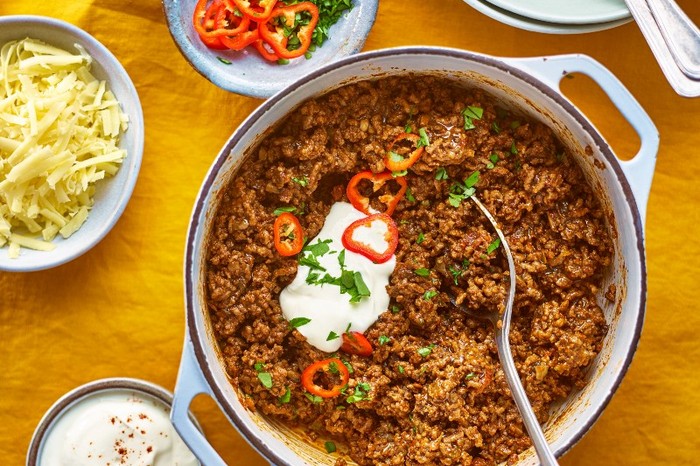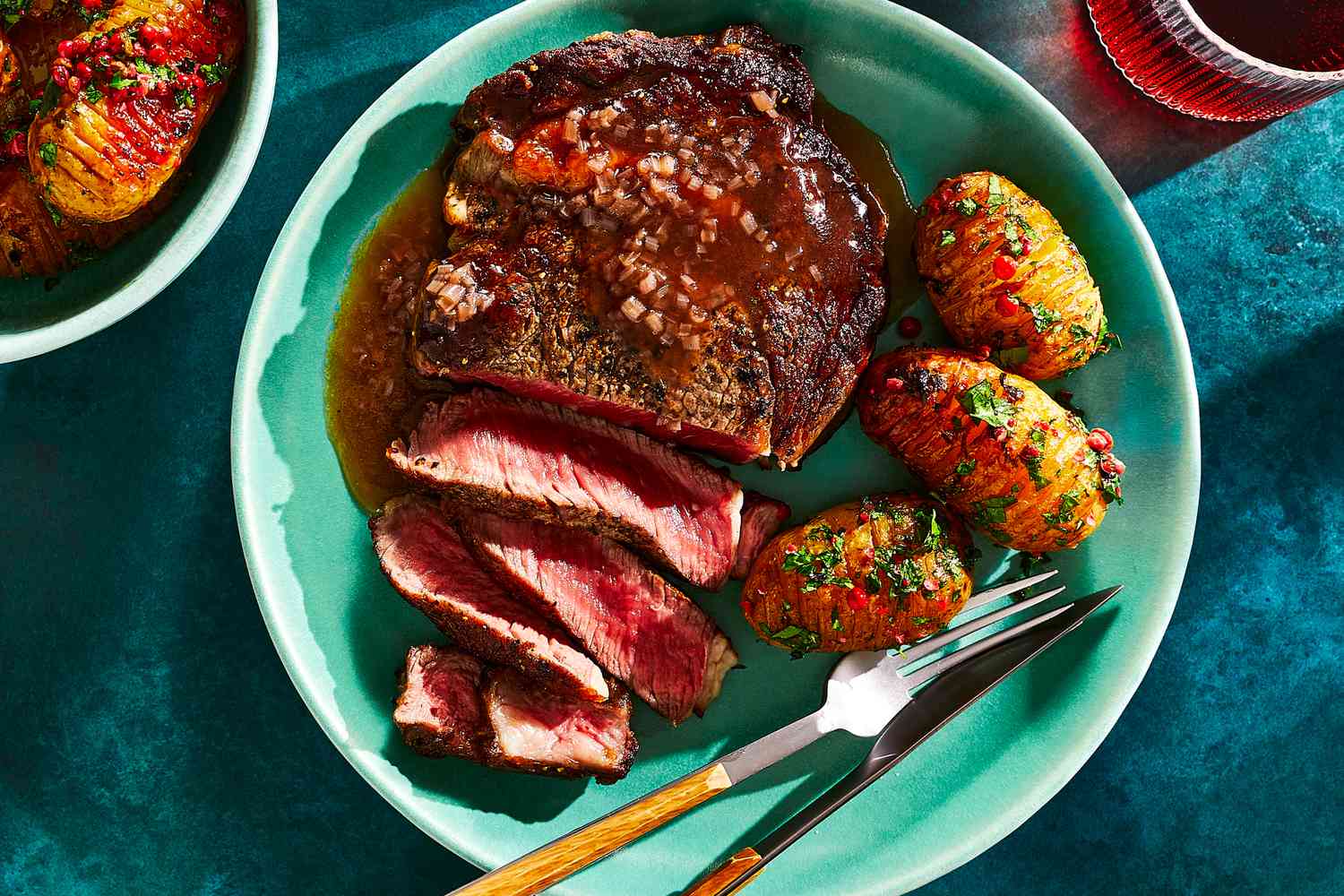Marinating is a simple yet powerful technique that can transform an ordinary piece of meat into a flavorful and succulent dish. Whether you’re grilling, roasting, or frying, the right marinade can enhance the taste, tenderize the meat, and make your meals unforgettable. This guide will take you through the basics of marinating, including types of marinades, essential ingredients, techniques, and tips for maximizing flavor in your meats.
What is Marinating?
Marinating involves soaking meat in a seasoned liquid before cooking. This process allows the flavors to penetrate the meat while also improving its texture. Marinades typically consist of three main components: acid, oil, and flavorings.
The Science Behind Marinating
- Flavor Penetration: The acid in the marinade helps break down protein structures, allowing flavors to seep into the meat.
- Moisture Retention: A well-balanced marinade can help retain moisture during cooking, preventing the meat from drying out.
- Tenderization: Enzymatic reactions from certain ingredients (like pineapple and papaya) can further tenderize tougher cuts of meat.
Types of Marinades
1. Acid-Based Marinades
These marinades typically include vinegar, citrus juice, or wine. The acidity helps tenderize the meat and adds brightness to the flavor. Common ingredients:
- Citrus Juices: Lemon, lime, or orange juice.
- Vinegars: Balsamic, apple cider, or red wine vinegar.
Example Recipe: Lemon-Garlic Chicken Marinade
- 1/4 cup lemon juice
- 3 cloves garlic, minced
- 1/4 cup olive oil
- Salt and pepper to taste
2. Oil-Based Marinades
Oil-based marinades help to coat the meat, keeping it moist during cooking. They can also carry flavorings like herbs and spices. Common oils:
- Olive Oil: A versatile choice that adds richness.
- Sesame Oil: Great for Asian-inspired marinades.
Example Recipe: Herb-Infused Olive Oil Marinade
- 1/2 cup olive oil
- 2 tablespoons chopped fresh herbs (like rosemary or thyme)
- 2 cloves garlic, minced
- Salt and pepper to taste
3. Dairy-Based Marinades
Dairy products like yogurt and buttermilk can act as tenderizers due to their acidity and enzymes. They are especially popular in Middle Eastern and Indian cuisines.
Example Recipe: Yogurt Marinade for Lamb
- 1 cup plain yogurt
- 2 tablespoons lemon juice
- 2 cloves garlic, minced
- 1 tablespoon cumin
Key Ingredients for Flavor
1. Herbs and Spices
Fresh or dried herbs and spices add depth to your marinade. Experiment with combinations like:
- Fresh Herbs: Basil, cilantro, parsley, or dill.
- Spices: Paprika, cumin, coriander, or chili powder.
2. Aromatics
Ingredients like garlic, onion, shallots, and ginger can enhance flavor. Mince or finely chop them to ensure even distribution.
3. Sweeteners
Adding a touch of sweetness can balance acidity. Options include:
- Honey: Great for glazing.
- Brown Sugar: Adds depth and caramelization during cooking.
How to Marinate Meat
1. Choose the Right Cut of Meat
Different meats benefit from different marinating times. For tougher cuts like flank steak or pork shoulder, longer marinating (4-24 hours) can help break down fibers. More delicate meats like chicken breasts or shrimp may only need 30 minutes to 2 hours.
2. Use Non-Reactive Containers
Avoid metal containers that can react with acidic ingredients. Instead, use:
- Glass: Perfect for marinating.
- Plastic: Ensure it’s food-safe.
- Ziploc Bags: Great for space-saving and easy cleanup.
3. Massage the Marinade
Once you’ve combined your marinade and meat, gently massage the mixture to ensure even coating. This helps flavors penetrate better.
4. Refrigerate
Always marinate in the refrigerator to prevent bacterial growth. Cover the container or seal the bag tightly.
5. Don’t Reuse Marinade
If you want to use the marinade as a sauce, set aside a portion before adding raw meat to prevent cross-contamination.
Tips for Maximizing Flavor
- Timing is Key: For most meats, 2-24 hours is ideal. Fish and seafood need less time, while tougher cuts benefit from longer marinating.
- Experiment with Flavors: Don’t hesitate to try different combinations of herbs, spices, and acids. Be bold!
- Adjust for Thickness: Thicker cuts may require longer marination times. Ensure that the marinade is able to penetrate the meat effectively.
- Pat Dry Before Cooking: For a better sear, pat the meat dry with paper towels before cooking to remove excess moisture.
- Taste Before Cooking: If your marinade is too salty or acidic, you can balance it by adding a bit of sugar or more oil.
Conclusion
Marinating is a fantastic way to enhance the flavor and tenderness of your meats. By understanding the components of a good marinade and experimenting with different flavors, you can create mouthwatering dishes that will impress your family and friends. Whether you’re grilling, roasting, or stir-frying, mastering the art of marinating will elevate your cooking and bring joy to your dining table. Happy cooking!




